Personality patterns are like computer programs. Ordinarily, we only see the surface of our preferences and behaviors without seeing the programming code driving them. The Enneagram provides a map for navigating deep investigation into our programming.
Rather than simply look at the content of what our programs are producing — the stories we write on our word processor or the images we create on our graphic design program — we can look at the programs themselves. We can even look more deeply at the architecture of the programming language used to create the programs.
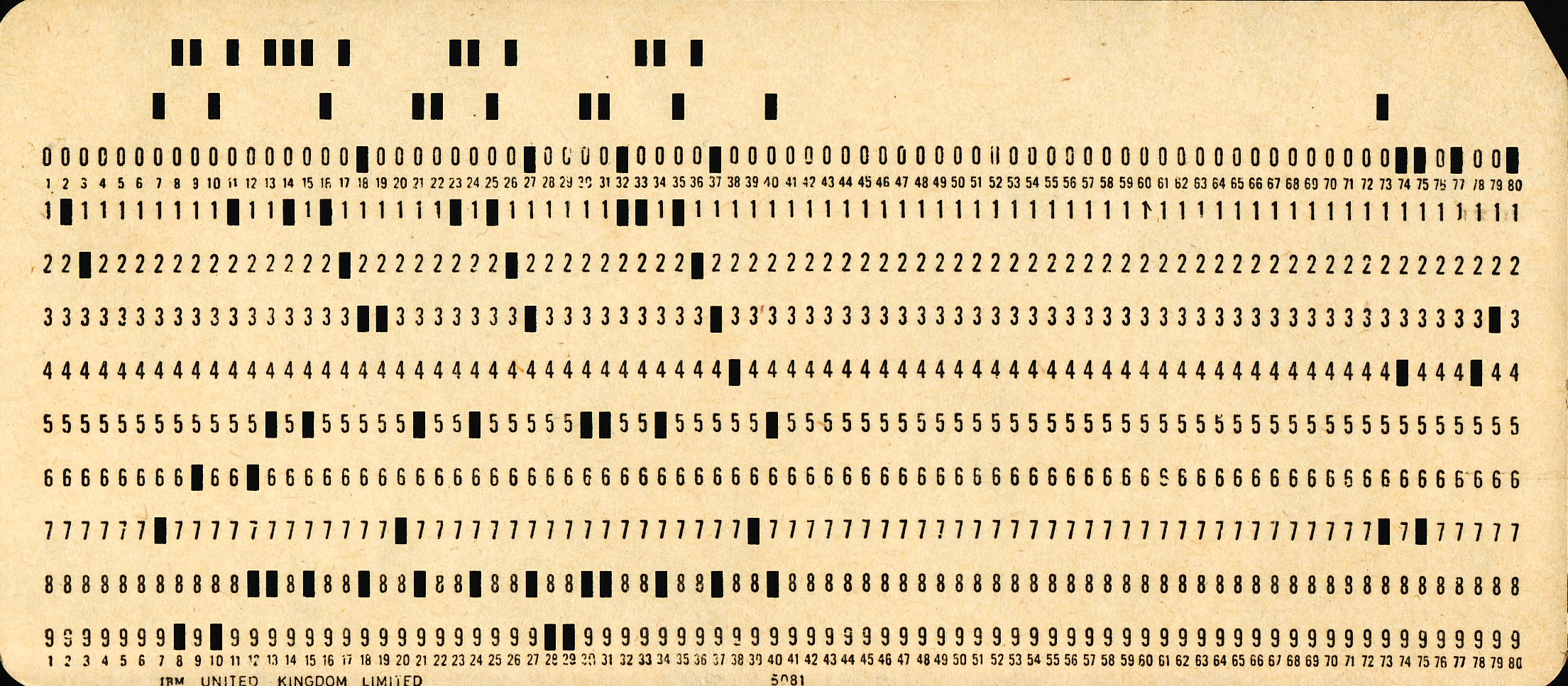

First generation computer programming languages are “machine-level.” They interface on the level of instructions and data that the processor is actually given to work on, without translation. First generation languages are binary. They use a string of 1s and 0s transferred to a computer using something like a punch card.
By analogy, personality patterns are binary at root. They track the binary nature of ordinary consciousness, which inherently divides reality into subject-object, this-that, experiencer-experience. Awakening to our true nature beyond personality involves the collapse of dual consciousness, which is why it is sometimes called Non-Dual awareness.
Some types are more prone than others to explicit black-and-white thinking. All types, however, have polarities in their root “programming.”
We each run all nine type programs, in slightly different combinations and under different circumstances.
Our unique history, preferences, experience, cultural and family influences, and so on go into creating the causes and conditions for the running of particular combinations of the type programs.
Below are some of the binaries at the root of each Enneagram type. Even if the below language or framing does not resonate for you, it is worthwhile to investigate what and how binaries show up for you.
The Enneagram’s Law of Three teaches there are actually three forces at work in every situation. Ordinarily, we are blind to the third force. When we relax around a binary such that the third force comes into view, all three forces converge to give rise to a fourth movement — a new insight, a novel resolution, an optimal way forward.
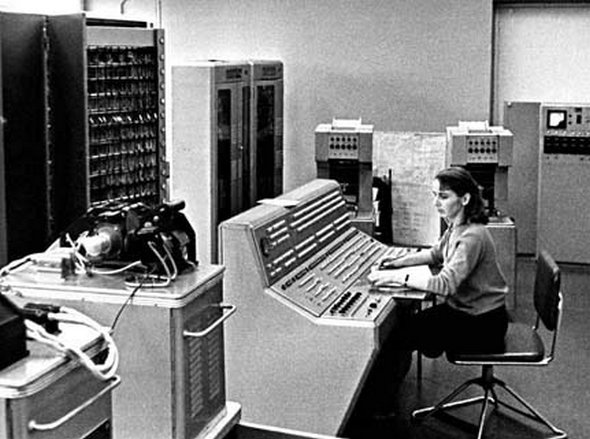
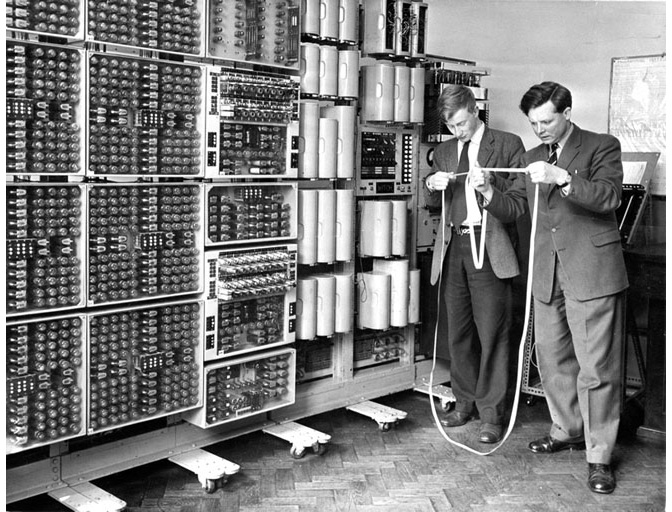
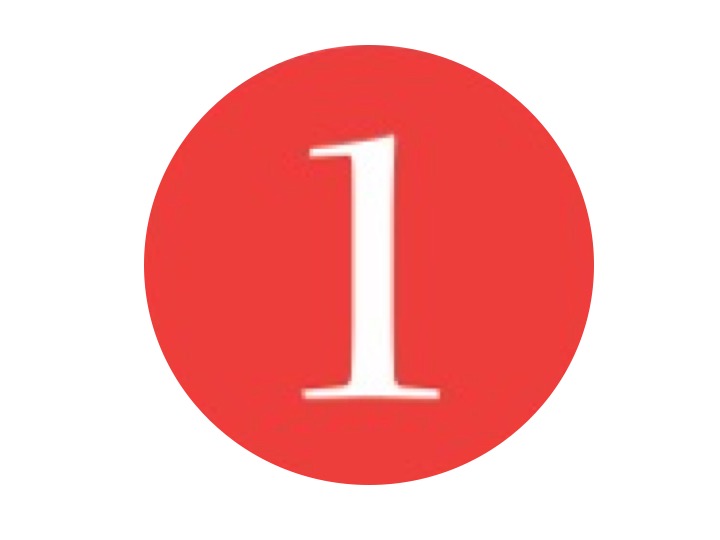
Right/Wrong
Correct/Incorrect
Precise/Imprecise
The One pattern gives rise to a persistent irritation around things not fitting “right.” It is like the frustration of a final puzzle piece that is slightly misshaped and just will not snap into place; or the annoyance of a grain of sand in one’s shoe that rubs with each step. It can also be an insatiable desire to be “right” or “perfect.” When deeply entranced in a One pattern, the slightest error or misalignment can render imperfect or unacceptable the entire object of attention (a project, a relationship, an event, etc.).
Good/Bad
Indispensable/Dispensable
Inflated/Deflated
The Two pattern gives rise to a persistent effort to attract attention through presenting a good image — a helper, a pleaser, an innocent or guileless child, a key advisor, etc. — someone who generates positive feelings in others. There can be an all or nothing quality to an evaluation of how much one is needed. If oneself or another is deemed dispensable — not needed — that person can be rejected or ignored entirely in haughty disdain. When deeply entranced in Two, a person can inflate or deflate importance of oneself or loved ones inordinately.

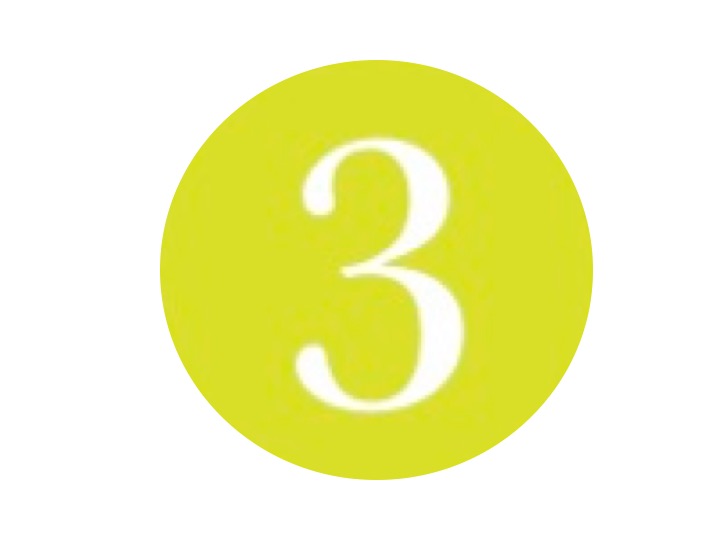
Success/Failure
Worthy/Unworthy
Best/Hopeless
The Three pattern gives rise to a persistent effort to attract recognition — acknowledgement of value — through accomplishment or presentation. There can be an all or nothing quality to worthiness, and an insatiable thirst for reaffirmation of worth in the eyes of others. A person running Three might also dismiss others outright if they cannot or do not perform or present excellence. When deeply entranced in Three, one can regard “second place” as utter failure rendering the entire endeavor value-less or meaningless and future attempts hopeless.
Meaningful/Mundane
Beautiful/Ugly
Deep/Shallow
The Four pattern gives rise to a persistent effort to attract connection through display of unique or beautiful or special qualities or circumstances, even if the circumstances involve lack or invite rescue. There can be an all or nothing quality to significance. Something or someone is idealized as beautiful, perfect, amazing (usually when not present or attainable) or debased as plain, ordinary, forgettable (usually when available or attainable). When deeply entranced in Four, one can regard only dramatic and intense feelings as indicators of authenticity or depth — all else is vapid, shallow living.
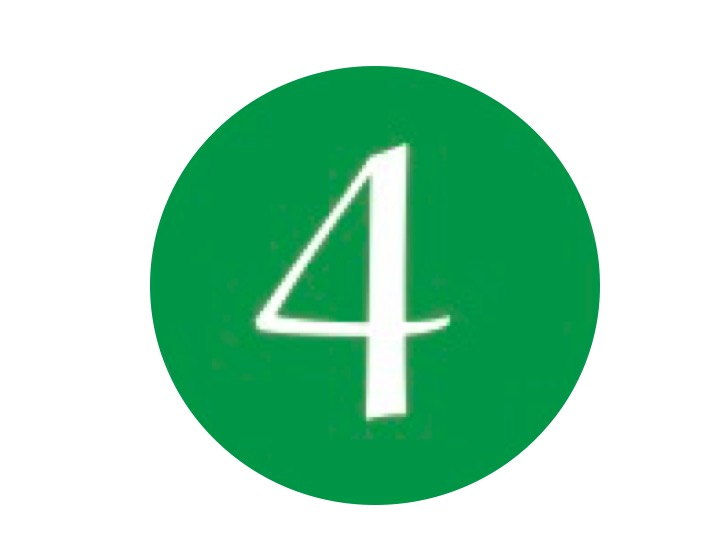
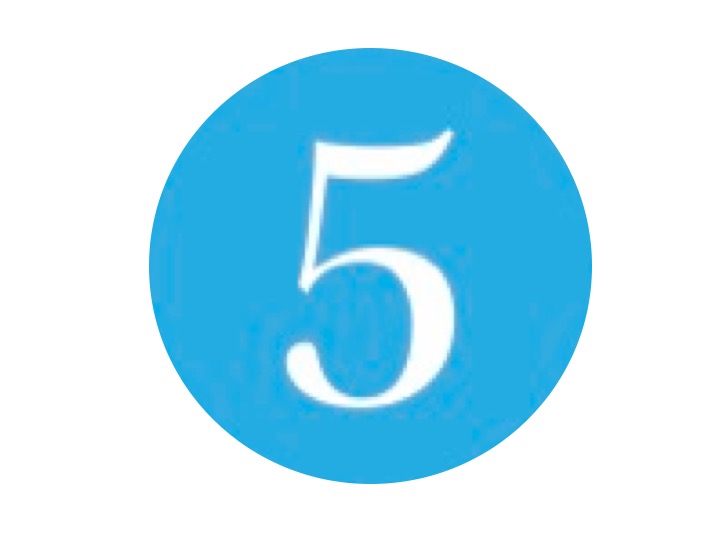
Perceptive/Ignorant
Competent/Incompetent
Controlled/Exposed
The Five pattern gives rise to persistent detachment and observation — a compulsion to gather ever more information about another person or situation prior to acting. It is like living behind a one-way mirror, always taking in, but rarely giving out (unless it is to disclose one’s specialized area of competency, to secure one’s position as indispensable, in which case it can be too much giving). When deeply entranced in Five, one can see emotions as an indicator of being entirely out of control of oneself, one can judge as wholly incompetent someone who commits an error when talking about a subject of knowledge, and one can regard the slightest self-exposure or commitment as risking total depletion, annihilation, overwhelm, harm.
With Me/Against Me
Consistent/Inconsistent
Trust/Mistrust
The Six pattern gives rise to persistent questioning and doubting to uncover a truthful, reliable, dependable, solid place on which to stand. Running Six often involves an assessment of allies and enemies — who will support me, defend me, take my side — and keen attention to inconsistencies in the environment. When deeply entranced in Six, the slightest inconsistency between words and action can render a person wholly unworthy of trust, one to regard with suspicion. Once tested and trusted, however, another person (or idea or group) can be the object of excessive Six loyalty and stalwart fidelity. Trustworthiness and dependability are all-or-nothing propositions.
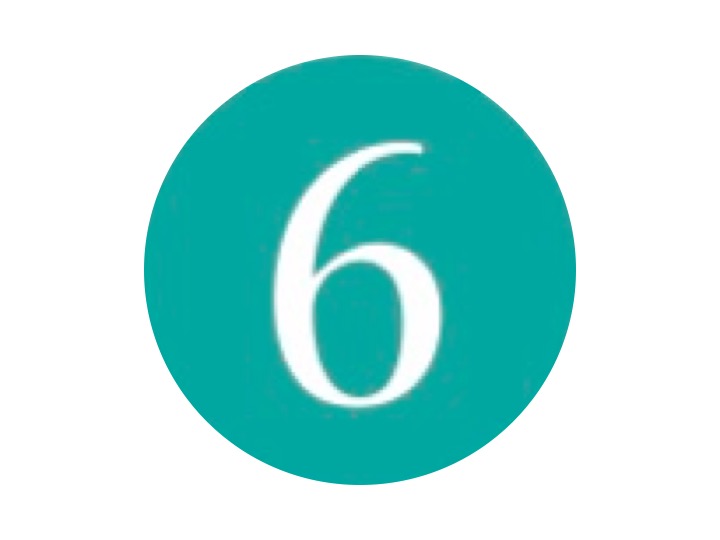

Novel/Boring
Light/Dark
Free/Trapped
The Seven pattern gives rise to persistent maneuvering to maintain options and choices, to sample and taste as many ideas and experiences as possible. A Seven pattern assesses the object of attention’s “lightness” — whether it will increase excitement, fun, frivolity, adventure — or it’s “darkness” — whether it will bring one down, dampen spirits, lead to the pain of entrapment or confinement. Attention goes to how to optimize any situation, which sometimes means escaping into imagination. When deeply entranced in Seven, the slightest sense of negativity is frantically reframed and the slightest attempt to impose constraint or limitation is ruthlessly mocked. One is either climbing new heights of novelty and spontaneity or is witheringly dull.
Strong/Weak
True/False
Fair/Unfair
The Eight pattern gives rise to persistent feelings of being treated unfairly, given the short end of the stick, of having to fight to get what is due for oneself or others. The focus of attention tracks power: whose will directs events and is that will enacted justly. In Eight space, a person can dig in and plow ahead based on a gut sense of what is true, what will bring order. When deeply entranced in Eight, the slightest sense of accommodation or apology is regarded as fatally weak — a person who should be summarily dismissed or exploited. Only the strong survive and are worthy of any respect.
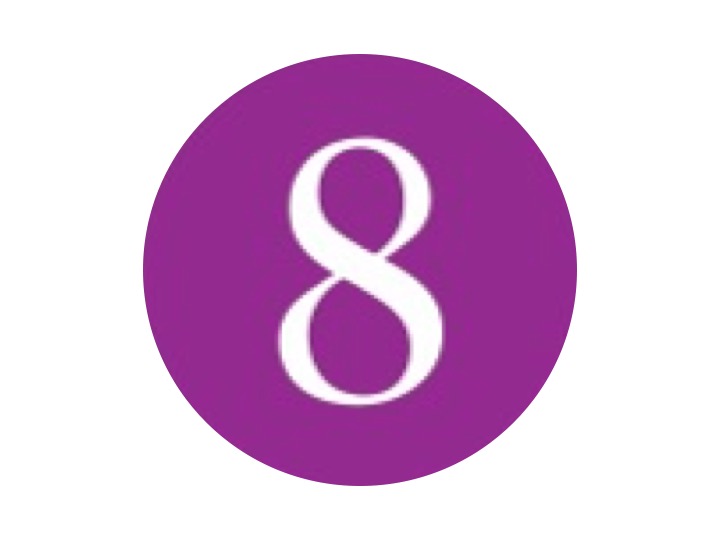

Comfortable/Irritating
Balanced/Unbalanced
Connected/Disconnected
The Nine pattern gives rise to persistent dampening of any irritation to return to state of ease, comfort, tranquility, peace, sleep. The focus of attention is on what diffuses or evenly spreads energy; nothing is concentrated or prioritized. Running Nine, one can compulsively accommodate or blend in as a means of securing belonging and avoiding abandonment. When deeply entranced in Nine, the slightest ripple of difference — such as in the case of stating simple preferences to others — can feel like significant conflict throwing oneself into unbalance. Better to say “yes” than rock the boat.
Click here to learn more about the Living Enneagram approach of relating the nine personality types to the nine universal stages of transformation.
* * * * * * * * *
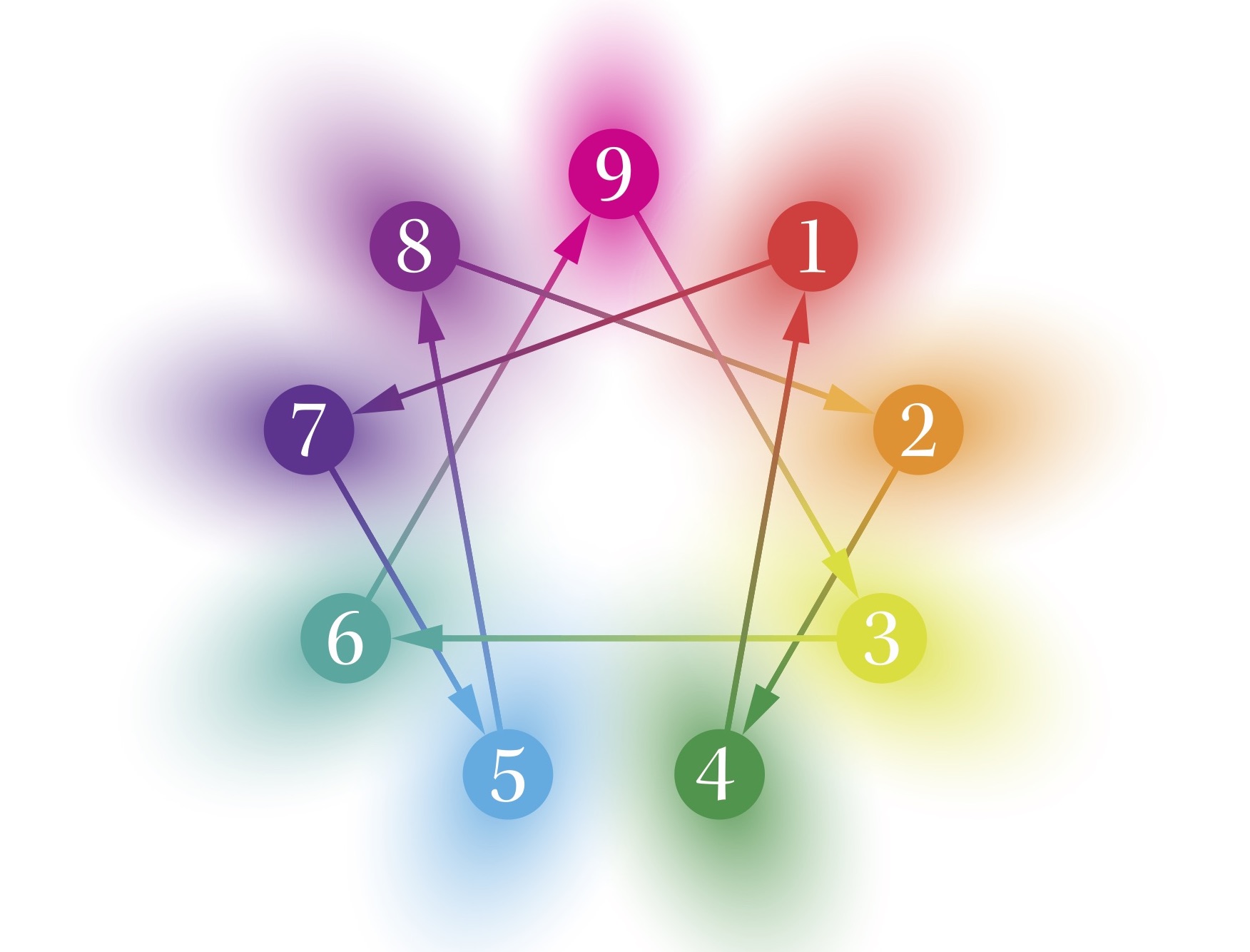
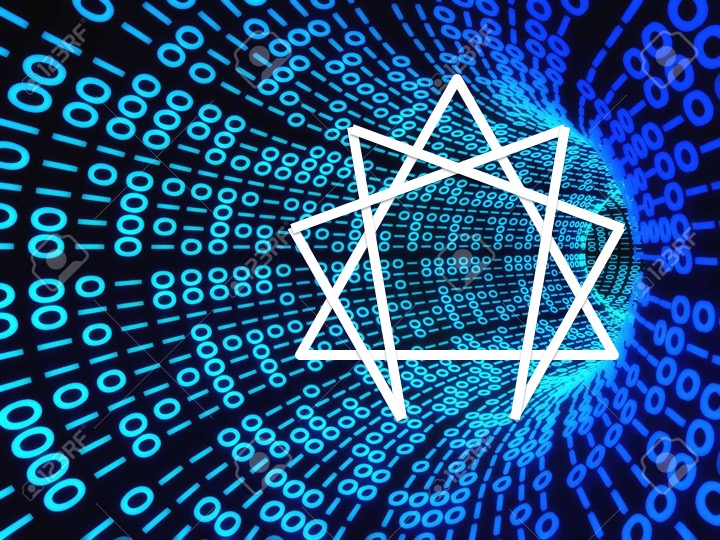


Recent Comments